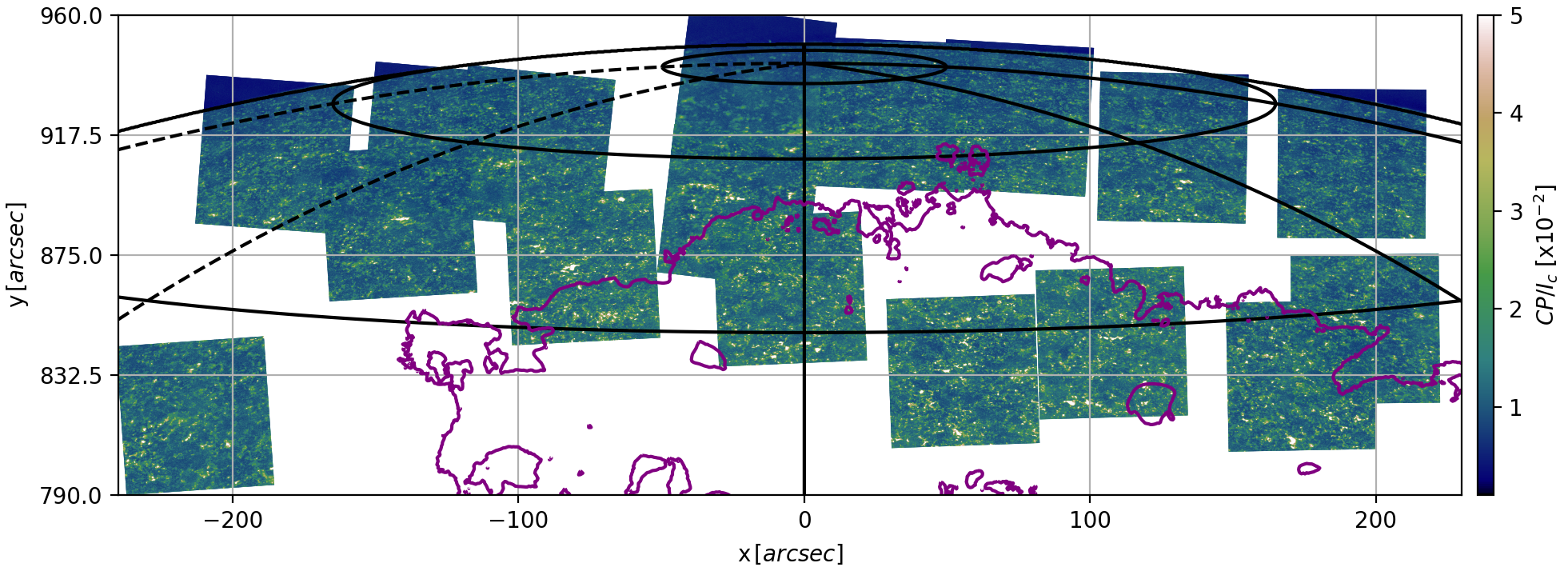The European Solar Telescope will help us better understand the magnetism of the solar poles, writes Dr. Adur Pastor, from the Leibniz-Institut für Sonnenphysik (Germany).

Circular polarization map of the North polar region taken with the Swedish Solar Telescope on La Palma (Spain), using the FeI 617.3 nm spectral line.
Solar polar regions are those areas above +/- 60 degrees of latitude of the Sun. They do not easily catch the attention of the observer as they are devoid of sunspots (the largest magnetic field concentrations). Yet they are pervaded by much smaller magnetic fields, only detectable with special instrumentation, which usually have the same polarity all along each polar region.
Interestingly, the dominant polarities in the two polar regions are usually of opposite sign (i.e. if the North region is positive, the southern one would be negative, and vice versa), resembling a huge magnet. Actually, the interplanetary magnetic field (the space through which planets orbit the Sun) is rooted in the polar regions.
The observation of the solar poles is quite challenging, as the Earth orbits the Sun in a such a way that they are only visible during certain periods of the year, and even then only a little. Furthermore, polar magnetic fields -rooted in the solar surface- extend to the upper layers of the solar atmosphere, becoming a coupled system through various layers. This is usually handled by observing several spectral lines that encode information form different layers.
The high-resolution, multi-wavelength capabilities of the European Solar Telescope will allow new insights to deepen our understanding of the polar regions' magnetism.
The image accompanying this post is a mosaic taken with the Swedish 1m Solar Telescope (SST) on La Palma (Spain), using the FeI 617.3 nm spectral line. The color scale represents the circular polarization, which can be used as a proxy to the magnetic field: the whiter the color, the stronger the magnetic field. The field of view of the telescope was not large enough to observe the whole polar region, so several data sets were acquired in order to cover the region. Purple contour highlights the areas occupied by a coronal hole (areas where the solar corona is colder, hence darker, and has lower-density plasma than average).
